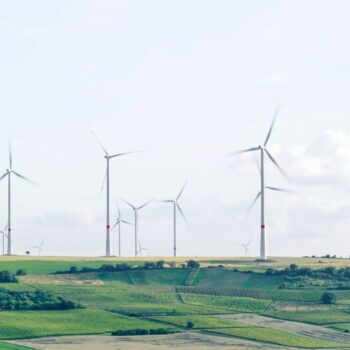Industry decarbonisation is currently a bottleneck for the EU’s target of reaching climate neutrality by 2050. Emissions from energy-intensive industries need to fall by almost a quarter by 2030 and by over 90% by 2050. So far progress has been slow: industrial emissions reductions have stagnated since 2012 and key decarbonisation technologies are trapped at the pilot stage.

Source: E3G based on data from EEA, 2021
At the same time, industrial products are critical inputs for the build-out of renewable energy, sustainable infrastructure, as well as the automotive and construction sectors. Speeding up the decarbonisation of heavy industry will be key to unlocking barriers to deeper emissions cuts and sustainability efforts in other sectors.
Calls for a clean industry package
There has been a steady drumbeat of reports outlining the policy package needed for EU industrial transition. There is a strong consensus that carbon pricing alone will not do the trick. Instead, these reports call for a mix of push and pull policies, focusing on:
- Ensuring a stronger carbon price signal and robust anti-carbon leakage system
- Supporting early-stage commercialisation of innovative production processes through direct support mechanisms
- Developing lead markets for low-carbon industrial products through demand-pull instruments
- Ensuring access to enough renewable electricity, carbon capture and storage (CCS) infrastructure, green hydrogen and other low-carbon fuels to decarbonise industry
- Tools to encourage material efficiency and enhanced recycling
Four benchmarks for EU industrial transition
On 14 July 2021, the European Commission adopted the first package of proposals to revise key climate and energy files in line with the new 2030 target. With these proposals, the Commission has taken a first step towards introducing a Clean Industry Package.
However, there remain a set of cross-cutting challenges fundamental to the success of the package that are at risk of not being addressed. In this briefing, we unpack these, setting out four key benchmarks for shifting EU industrial decarbonisation from a blockage to a breakthrough for the wider European Green Deal.
Figure 2. Four benchmarks for shifting EU industrial decarbonisation from a blockage to a breakthrough for the wider European Green Deal




